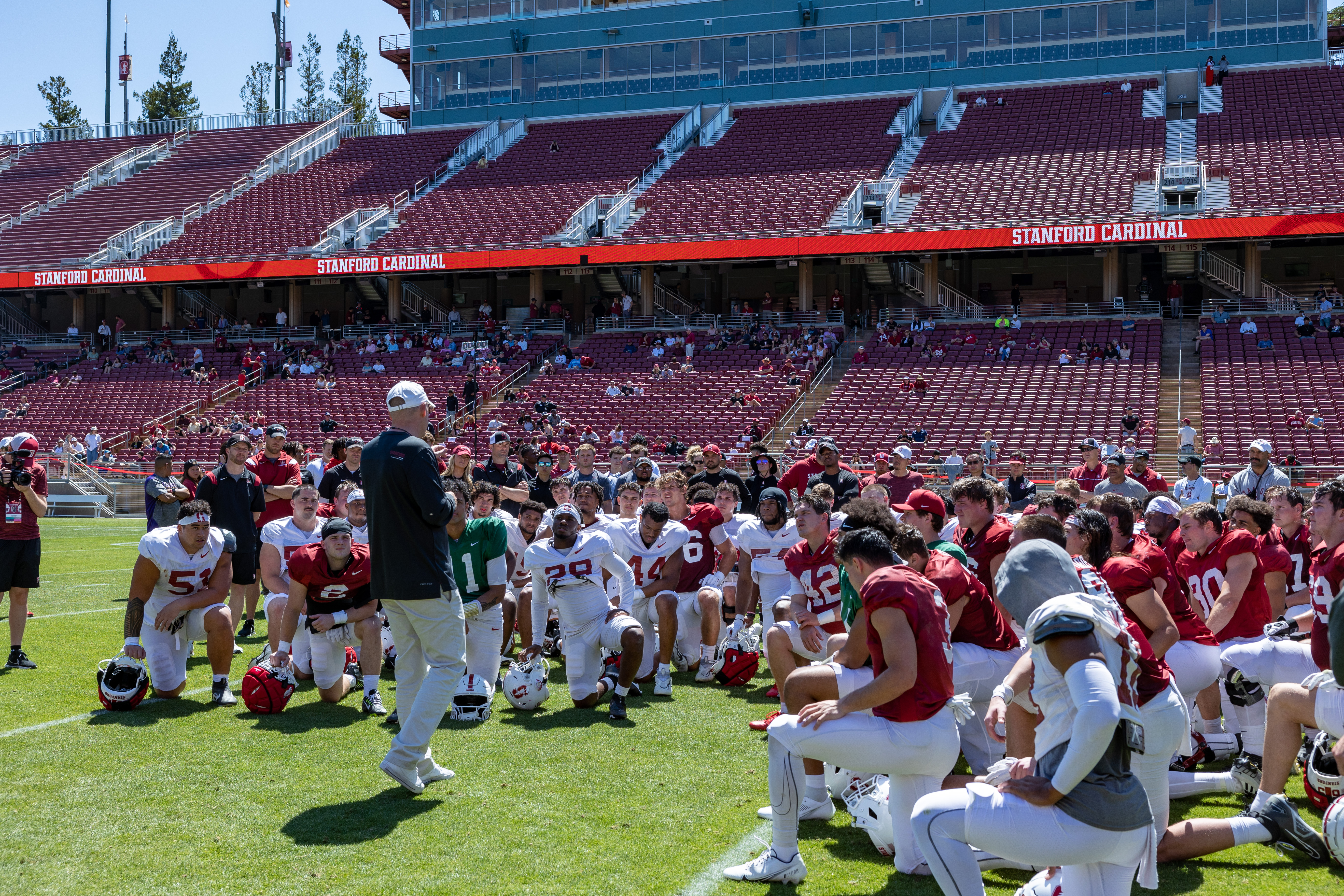It’s official: Stanford University is set to join the Atlantic Coast Conference, according to a Friday morning announcement.
Welcome to the ACC @CalAthletics, @SMUMustangs & @GoStanford 👋 pic.twitter.com/TtfHGCglno
— ACC Network (@accnetwork) September 1, 2023
Stanford has competed in the Pac-12 since 1918 but will enter the ACC as newcomers alongside Cal and SMU in the 2024-25 school year.
The East Coast-based conference previously rejected the notion of expansion: three days of meetings in early August culminated with the member schools voting against extending invitations to Stanford and Cal.
Financial agreements behind the scenes led to a different outcome this time around. SMU will receive no ACC media rights revenue for its first nine years of membership, while Stanford and Cal will receive a “significantly” reduced revenue share in early years. According to reporting from The Athletic, Stanford will likely start at a 30% revenue share for the first seven years, before incremental increases to 100% in year 10.
The move is one of many by Power Five conferences over the past 18 months, almost all a direct result of multi-billion-dollar media rights deals between conferences and media partners. From 2016 to 2022, the ACC, SEC, Big Ten and Big 12 successfully negotiated new media rights deals that extend through at least 2030, leaving the Pac-12 as the only major conference without a new deal.
The conference’s current deal expires in 2024 and current negotiations for a new deal have failed to gain traction especially with reputable media partners. Amid looming uncertainty, USC and UCLA announced a bombshell move from the Pac-12 to the Big Ten Conference in June 2022. Since then, the Pac-12 has been decimated by members jumping ship.
Colorado announced its return to the Big 12 in late July, the conference it belonged to prior to joining the Pac-12 in 2011. Not long after, in early August, Oregon and Washington — both founding schools when the Pac-8 was created in 1915 — left behind their storied histories for the Big Ten. Arizona, Arizona State and Utah announced their moves to the Big 12 the following week.
Stanford remained in the spotlight as they searched for a new home, with only four schools remaining in the Pac-12. There was speculation Stanford would respond with a move to the Big Ten, Mountain West Conference, or even go independent, but those rumors were hushed with Friday’s announcement.
The ACC is now the second Power Five conference with members on both the West Coast and East Coast, joining the Big Ten and giving college athletics a very different makeup than just a few years ago. Conference realignment has given rise to debate around travel required for student-athletes, a relevant discussion for Stanford students nearly 3,000 miles away from the opposite coast.
Jerry Yang, Richard Saller, Marc Tessier-Lavigne, Bernard Muir and Condoleezza Rice addressed concerns about travel in the University’s Friday announcement.
“We expect that 22 of Stanford’s 36 sports will see either no scheduling impacts or minimal scheduling impacts,” they wrote. For the other 14 sports, they wrote that the University will work “with the ACC to optimize scheduling to minimize the impacts of travel.”
According to the announcement, the University intends to engage with faculty and the ACC to support students’ academic success.
The transition will not go into effect until 2024, leaving the Pac-12 one more year with Stanford and other departing members. With the departure of Stanford, Cal and SMU, the 108-year-old conference will then only include Oregon State and Washington State.
